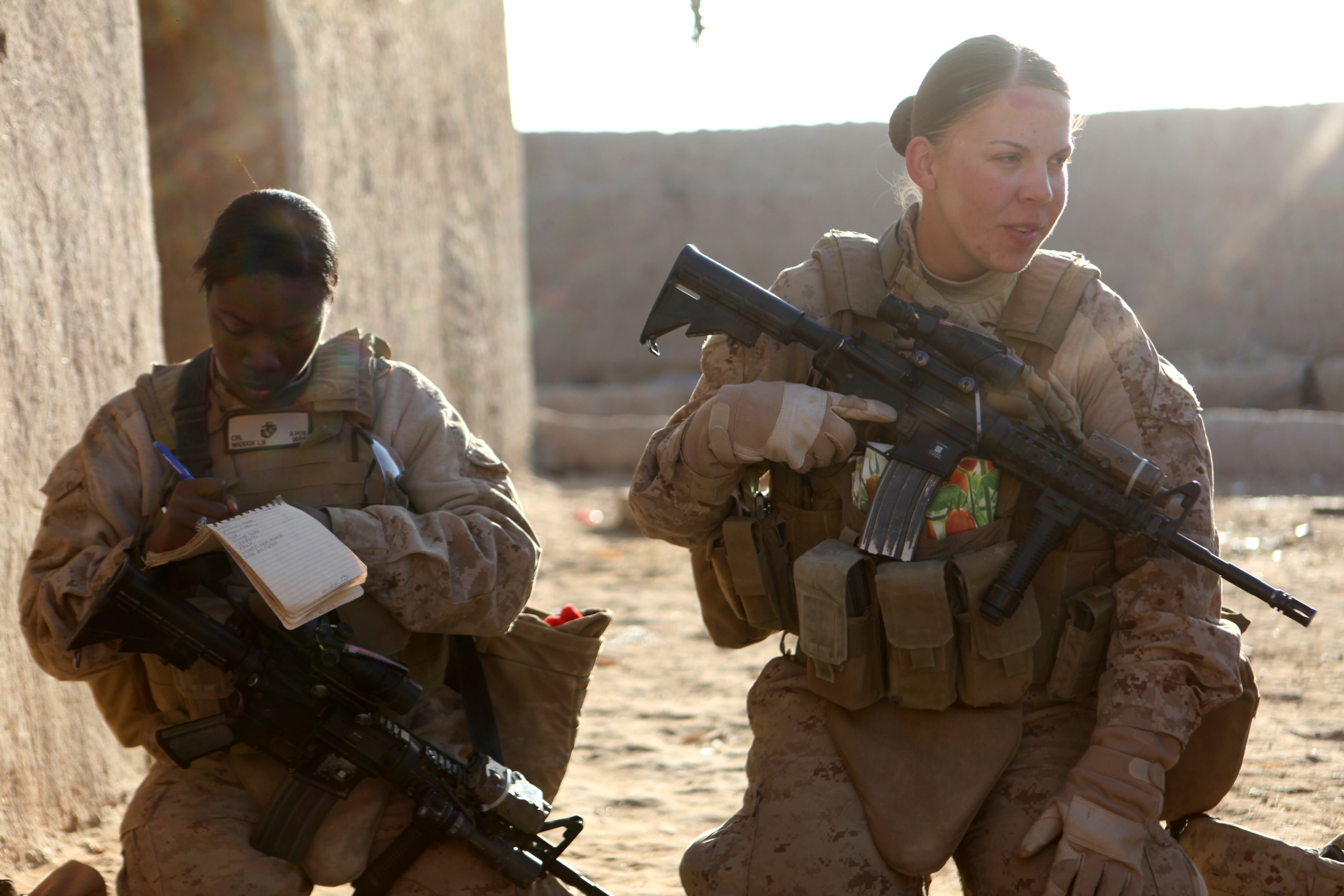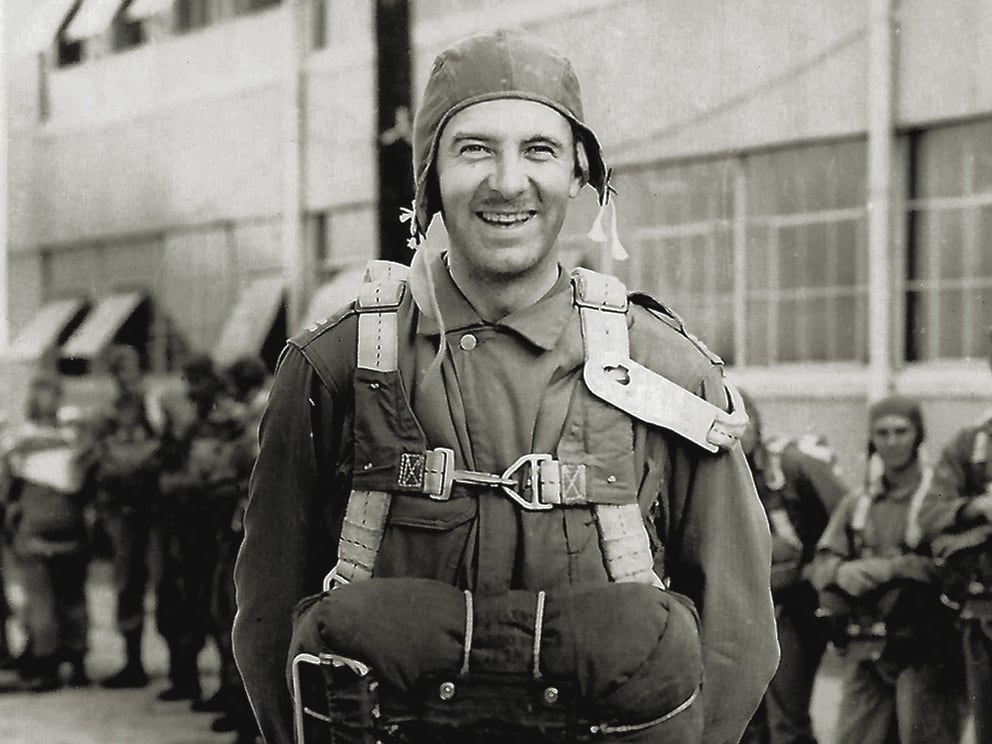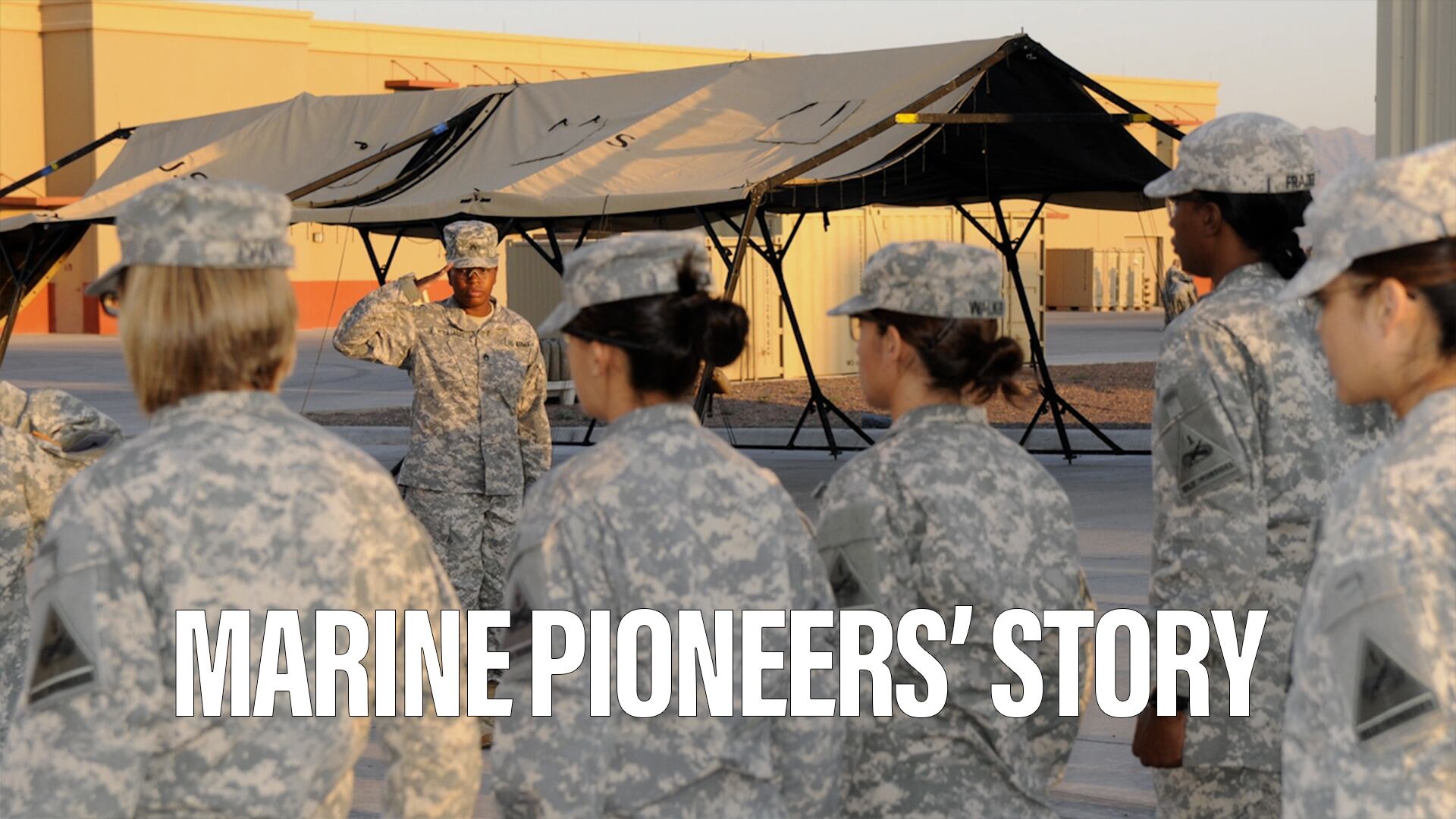Lt. Col. William Henry Rankin was falling. Or, at least, he was trying to fall.
A U.S. Marine pilot, Rankin was a veteran of both World War II and the Korean War. Yet it was on July 26, 1959, that he came closest to death.
During a flight from Naval Air Station South Weymouth, Massachusetts, to Marine Corps Air Station Beaufort, South Carolina, Rankin climbed to 47,000 feet at a speed of 624 miles per hour over Norfolk, Virginia, when his F-8 Crusader jet engine suddenly stalled and a fire warning light illuminated.
“Unable to get the engine restarted, having lost all power, and having difficulty keeping his jet from going into a complete nosedive, he opted for ejecting, despite the extreme altitude and his lack of a pressure suit,” according to Business Insider.
Ejecting into air that was approximately -65 F, Rankin experienced instant discomfort. The rapid decompression caused his abdomen to swell and his eyes, nose, mouth and ears to bleed.
“I felt as though I were a chunk of beef being tossed into a cavernous deep freeze,” Rankin recalled in his book “The Man Who Rode the Thunder” — available for a cool $799.29 on Amazon.
“The pain of ‘explosive’ decompression was unbearable,” he continued. “I could feel my abdomen distending, stretching, stretching, stretching, until I thought it would burst. My eyes felt as though they were being ripped from their sockets, my head as if it were splitting into several parts, my ears bursting inside, and throughout my entire body there were severe cramps.”
To make matters worse, the Marine aviator had exited his jet atop a gigantic thunderstorm — a cumulonimbus tower that, according to the University of Illinois Urbana-Champaign, can be responsible for “large thunderstorms whose updrafts and downdrafts are so closely in balance that such a storm can have a lifetime of several hours.”
After free falling for several minutes through hail the size of baseballs that threaten to beat him into unconsciousness, Rankin became aware of another issue — his parachute’s auto-deployment system, which was supposed to deploy at 10,000 feet, seemingly malfunctioned.
“I had never known such savage pain. I was convinced I would not survive; no human could,” Rankin wrote.
Eventually the auto-deploy did kick in, but Rankin wasn’t exactly at 10,000 feet yet.
“The barometric switch that deploys the parachute automatically had been fooled by the violent weather conditions in the storm, triggering it early,” according to Business Insider.
Several cataclysmic events took place as a result.
With the parachute opening above 10,000 feet, the prolonging of Rankin’s descent meant there was a real possibility that he could die from asphyxiation or hypothermia.
It also meant that he was perilously trapped in the storm system’s up and down draft, buffeting the aviator thousands of feet into the sky before once again dragging him back down.
“At one point I got seasick and heaved,” Rankin recalled in his memoir.
To add to Rankin’s misery, the air around him, so saturated with water, threatened to drown him in the sky.
“Gasping for air, swollen, bleeding and battered by hail, it was as though I were under a swimming pool, and I had held my breath several times,” wrote Rankin.
For nearly 40 minutes this cycle continued, with flashes of thunder and lightning striking around him from every direction.
“I didn’t hear the thunder, I felt it,” Rankin put it simply.
Mercifully, the fierceness of the storm began to abate, with the pilot able to at last escape the storm’s drafts.
The air then became noticeably warmer and the rain that threatened to once drown him relented to a soothing summer shower.
Miraculously, Rankin was alive, his parachute intact, and he began to glide towards the forests of the North Carolina backcountry.
“As he prepared to land, the storm couldn’t resist one final poke, and the wind kicked up, flinging him into a stand of trees,” wrote Anders Clark in Disciples of Flight. “His parachute became tangled up in the branches, and Rankin’s momentum carried him headfirst into the trunk of a tree.”
Once freed from the tree’s grasp, Rankin dragged himself to a nearby road, where a motorist eventually picked him up and drove him to a payphone to call an ambulance.
Rankin spent several weeks in a hospital recovering from frostbite, severe decompression and numerous other ailments. But despite his 40-minute ordeal in the sky, he suffered no long-term physical damage and returned to active duty shortly thereafter.
This story originally appeared on HistoryNet.com.
Claire Barrett is the Strategic Operations Editor for Sightline Media and a World War II researcher with an unparalleled affinity for Sir Winston Churchill and Michigan football.
Tags:
famous marine storiesmarine corps legendsbest military storiesbest military history storiesrankin pilotIn Other News














